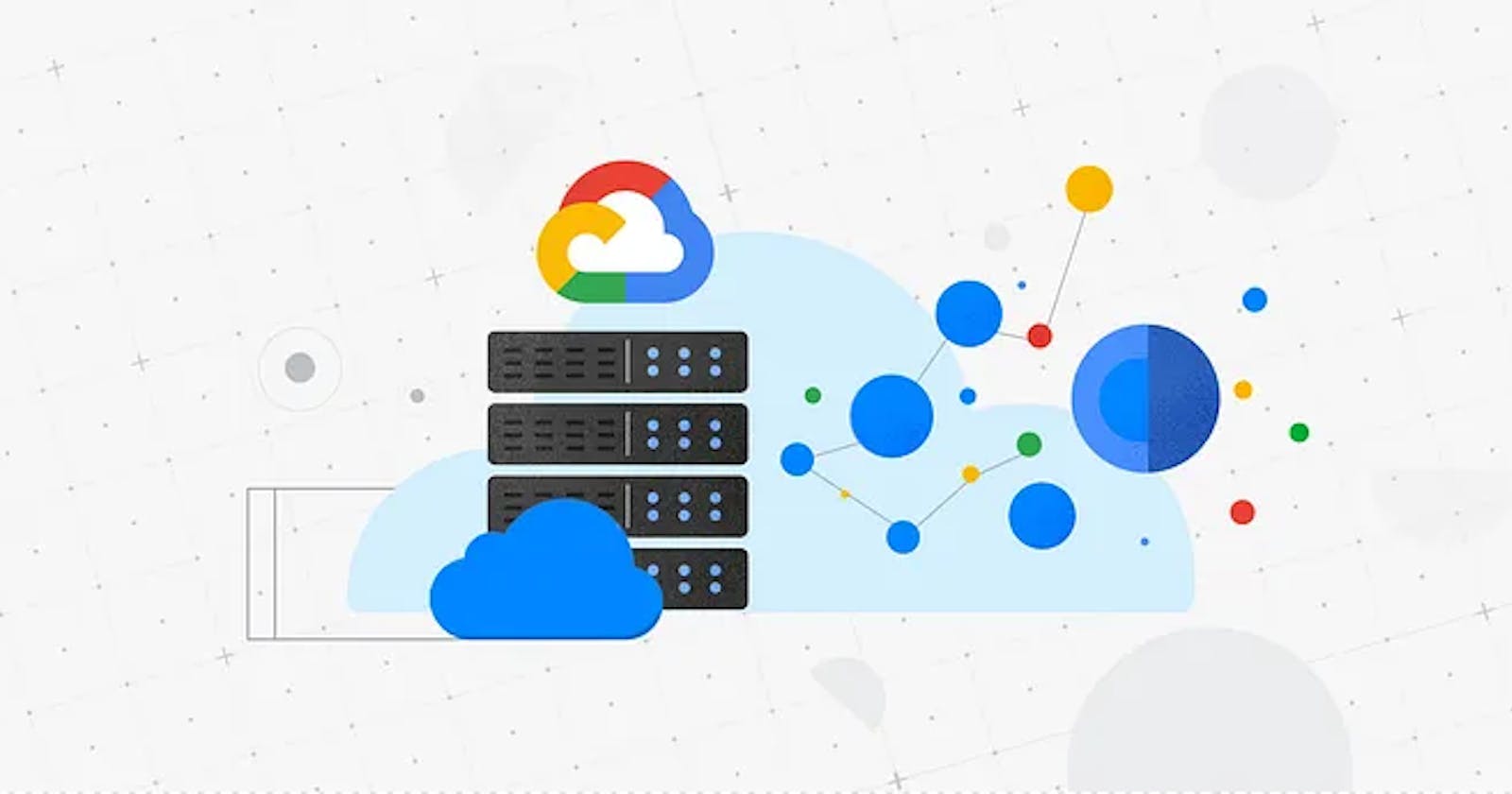Cloud computing has become an essential component of modern IT infrastructure. It enables businesses to scale their computing resources on demand, without the need to invest in expensive hardware or maintenance. Infrastructure as a service (IaaS) is one of the primary cloud computing models, offering a wide range of benefits to businesses of all sizes.
What is Infrastructure as a Service (IaaS)?
IaaS is a cloud computing model that provides businesses with virtualized computing resources over the internet. IaaS providers offer a range of services, including virtual servers, storage, networking, and security resources. These resources are hosted and managed by the provider, and users can access them through a web-based dashboard or API.
IaaS providers typically offer a range of service level agreements (SLAs) that guarantee uptime, availability, and performance. This makes IaaS an ideal solution for businesses that need to scale their computing resources on-demand, without having to invest in hardware or maintenance.
Benefits of Infrastructure as a service (IaaS)
Scalability: IaaS providers offer virtually unlimited scalability, allowing businesses to scale their computing resources up or down as needed. This enables businesses to meet fluctuating demand without having to invest in expensive hardware or maintenance.
Cost savings: IaaS eliminates the need for businesses to invest in expensive hardware and maintenance, reducing their capital expenditures (CapEx). Additionally, IaaS providers typically offer flexible pricing models, enabling businesses to pay only for the resources they use.
Increased agility: IaaS enables businesses to rapidly provision and deploy computing resources, reducing time-to-market for new products and services. This makes IaaS an ideal solution for businesses that need to rapidly respond to changing market conditions.
Improved security: IaaS providers typically offer robust security features, including firewalls, intrusion detection, and data encryption. This helps businesses protect their data and comply with regulatory requirements.
Reduced maintenance: IaaS providers manage the underlying hardware and software, eliminating the need for businesses to maintain and update their IT infrastructure.
Challenges of Infrastructure as a service (IaaS)
Dependency on the provider: IaaS providers are responsible for managing the underlying hardware and software. This means that businesses are dependent on the provider for uptime, availability, and performance.
Integration with existing infrastructure: Businesses may face challenges when integrating IaaS with their existing infrastructure. This requires careful planning and coordination to ensure a smooth transition.
Security concerns: IaaS providers store sensitive business data on their servers. This creates security concerns, particularly in industries with strict regulatory requirements.
Potential for vendor lock-in: Businesses that use IaaS may become dependent on a specific provider, creating the potential for vendor lock-in. This can make it difficult to switch providers or migrate to an on-premises solution in the future.
By providing virtualized computing resources over the internet, IaaS enables businesses to scale their computing resources on-demand, reduce costs, increase agility, and improve security.
However, businesses must be aware of the challenges of IaaS, including dependency on the provider, integration with existing infrastructure, security concerns, and the potential for vendor lock-in.
If you found this blog post helpful, a clap would be really applicable and follow for more technical content on Cloud Computing.
